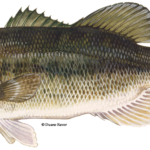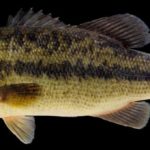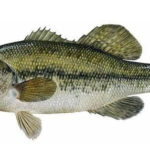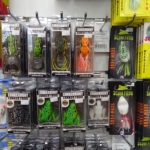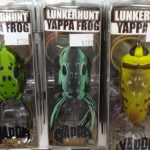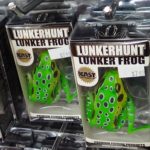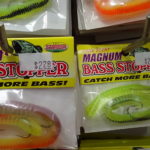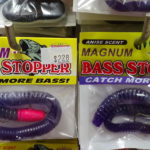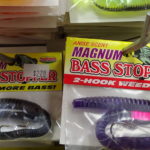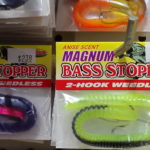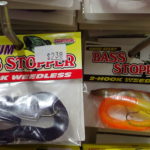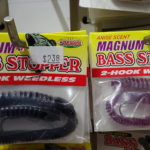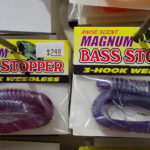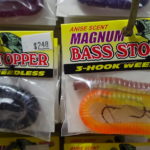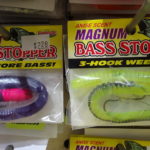We found an interesting article from Ohio Cooperative Living about Ohio’s connections to the U.S. Fish and Wildlife Services 150 year celebration.
In February, the U.S. Fish and Wildlife Service (USF&WS) turned 150 years old, and to celebrate its sesquicentennial, it has released a new book of its many finny accomplishments titled America’s Bountiful Waters.
A compendium of all things piscatorial, the book details the long history of fisheries management in the U.S. and highlights many of the service’s most well-known employees — including two Ohioans who are prominently featured: Bob Hines and James Henshall.
Henshall (1836–1925) is known as the father of bass fishing in the U.S. He was born in Maryland and moved to Cincinnati after graduating high school. He finished medical studies in 1859, just in time for the Civil War, and promptly joined the Union Army medical corps. One of his most memorable adventures was a run-in with Morgan’s Raiders, a Confederate cavalry unit that crossed the Ohio River and was eventually captured near West Point, in Columbiana County.
In addition to his interest in medicine, Henshall began studying fish culture after the war, and he became one of the earliest American authorities on sport fishing.
A dedicated angler all his life, he was also a prolific writer — one of the most famous fishing writers of his day — contributing articles to both Forest & Stream and The American Angler, the premier outdoor journals of the era. He is most remembered for his magnum opus, Book of the Black Bass. Published in 1881, it sold nearly half a million copies, with more still being sold today.
Hines (1912–1994) was born in Columbus and became interested in the outdoors at a young age. He made it his life’s work while hunting, fishing, and camping close to the Sandusky River near Fremont, Ohio. He was a young staff artist for the Ohio Division of Wildlife in 1948 when he was lured away to work for the USF&WS. No doubt he had gained attention of the agency by designing the art for the 1946 Federal Duck Stamp with his image of redhead ducks. Hines eventually took over leadership of that federal annual art competition, overseeing and improving the event for more than 30 years.
Hines produced untold numbers of illustrations during his time with the USF&WS, including the first four U.S. postage stamps to feature species of wildlife: wild turkey, pronghorn antelope, king salmon, and whooping crane. He was especially proud of his 1963 Ducks at a Distance, a waterfowl identification pocket guide for hunters that became a bestseller for the Department of the Interior. He is the only individual in the history of the organization to hold the title of National Wildlife Artist. Hines’ image of a cutthroat trout adorns the cover of the new book (see image above).
An interesting sidenote about Hines’ long career with the USF&WS is that his first supervisor was Rachel Carson, who would go on to pen Silent Spring in 1962. The book sounded the alarm concerning indiscriminate use of pesticides and helped kick-start the environmental movement of the 1960s and 1970s.
America’s Bountiful Waters has another Ohio connection. The book was edited by an expatriot Buckeye, Craig Springer, who now lives in New Mexico. If his name sounds familiar, that could be because he occasionally writes articles for this magazine. Along with editing, Springer also contributed several stories to America’s Bountiful Waters; one of them is a remembrance of catching his first feisty smallmouth bass from Four Mile Creek, near Oxford, which gave him something else in common with Henshall.
“James Henshall and I both caught our first smallmouth bass on an Independence Day outing in southwest Ohio,” Springer says. “They just happened more than a century apart.”
-W.H. “Chip” Gross is Ohio Cooperative Living’s outdoors editor.



